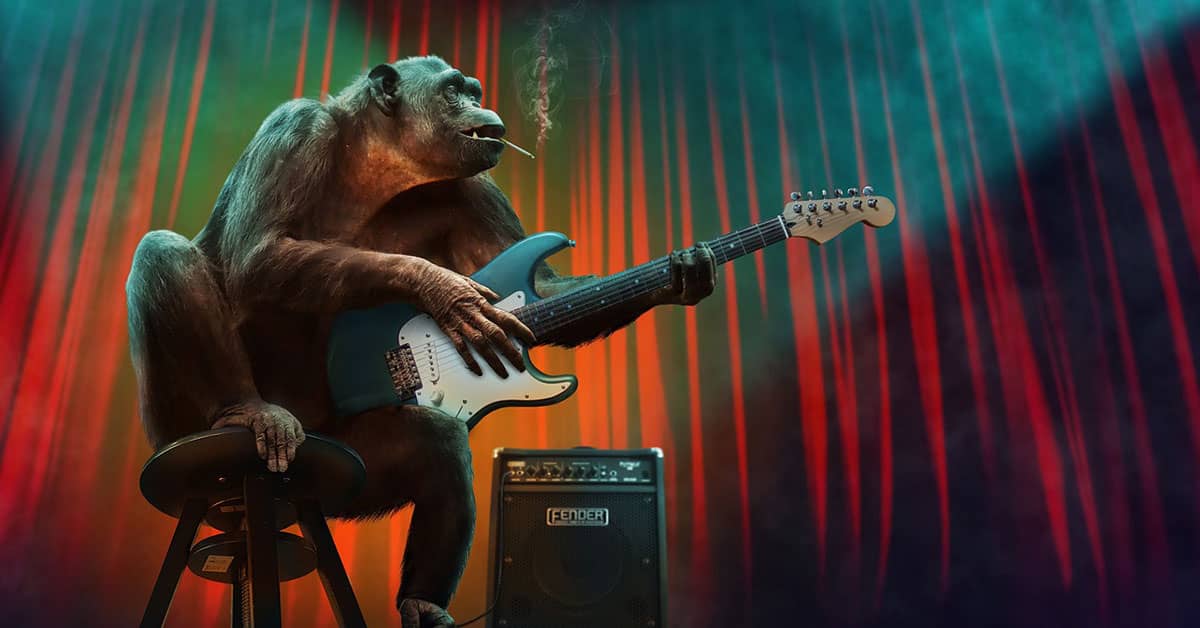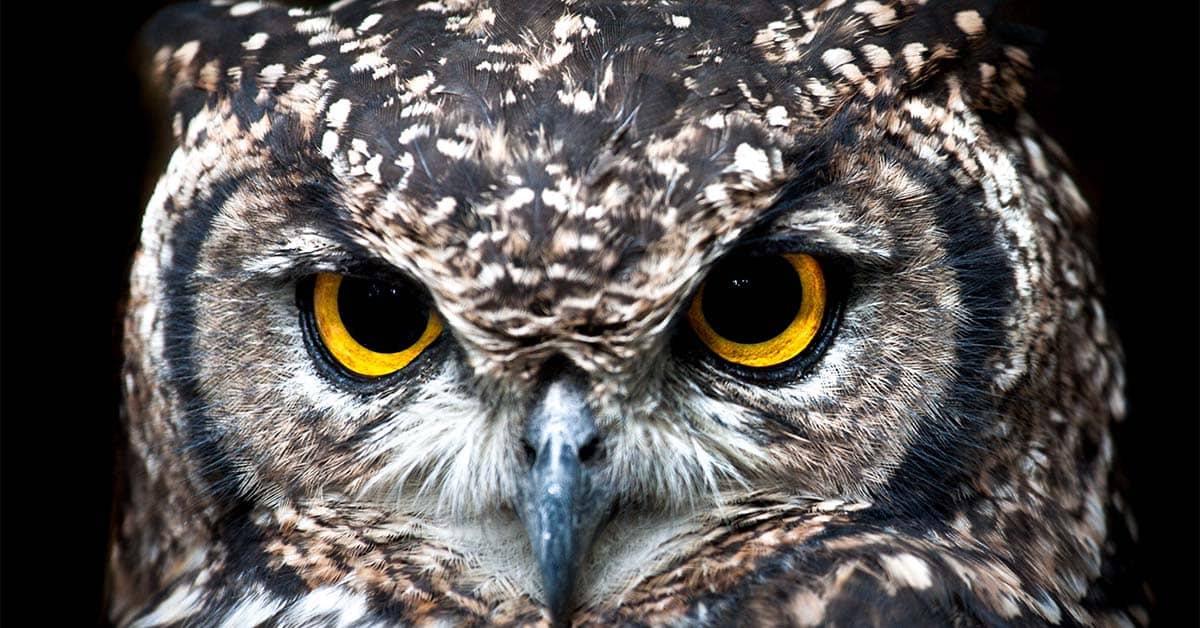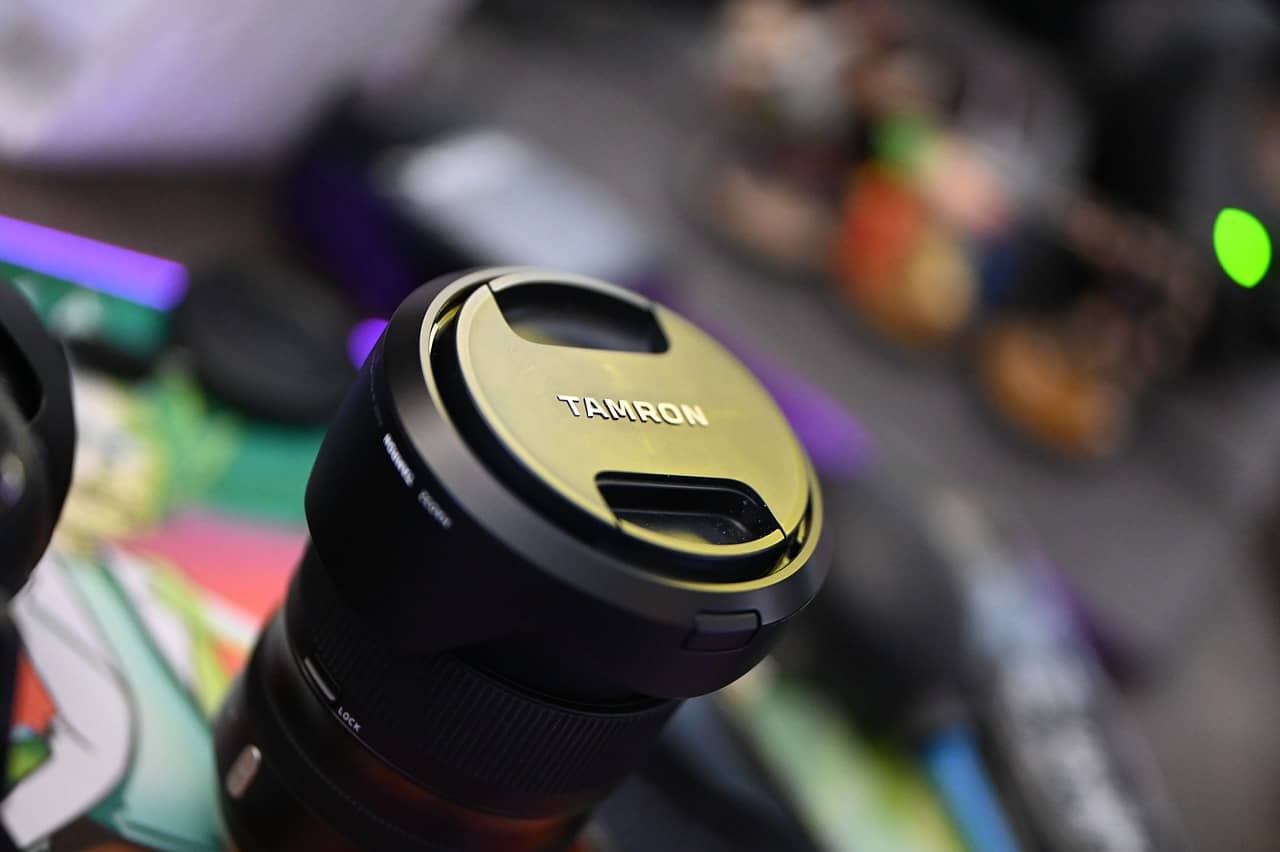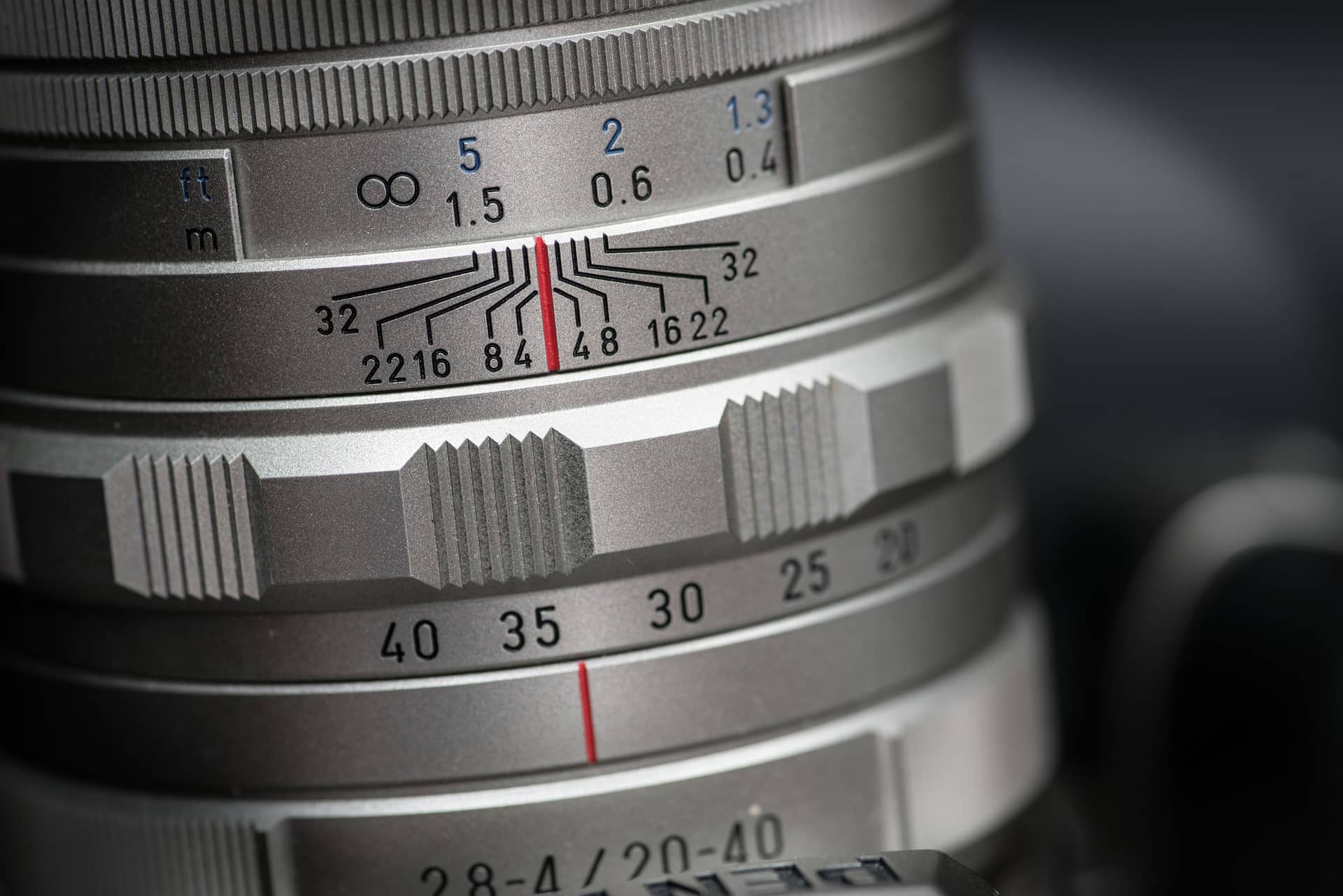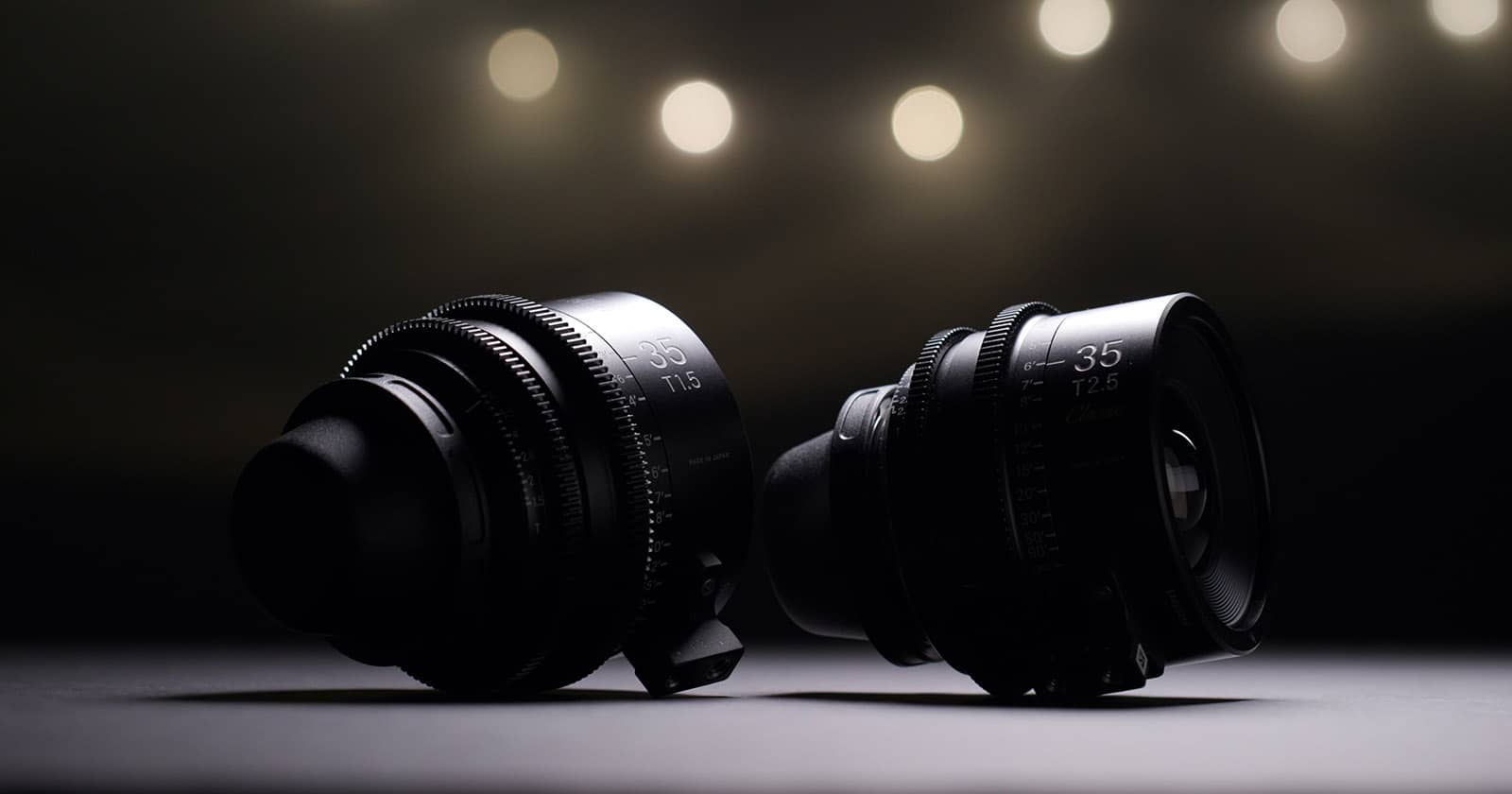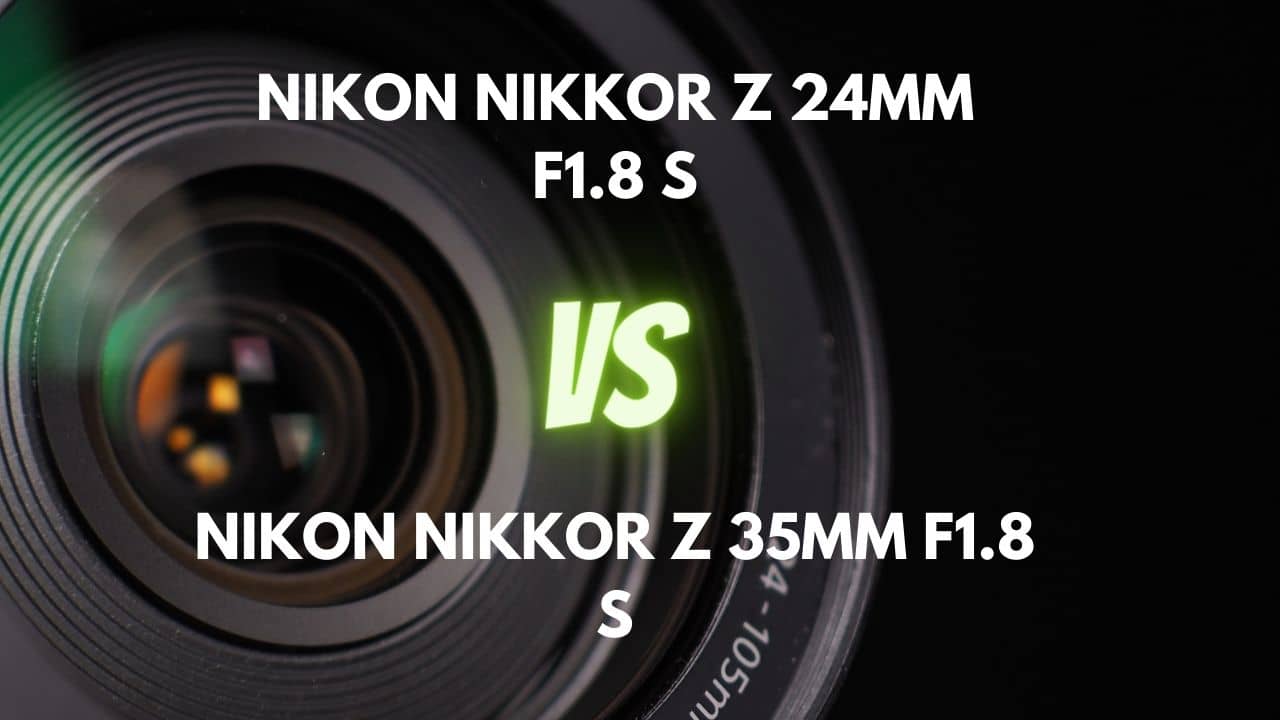Sony A7III is one of the best cameras for wide-angle photography on the market. Along with its incredible features, and extremely reasonable price, this DSLR ensures high-quality pictures with a reliable camera build.
The Sony A7III has a 35mm, 24MP full-frame image sensor that helps produce crisp and clear photographs. Moreover, with its incredible autofocus system, the A7III is able to capture four times as many detection points in the frame than its competitors.
Moreover, the electronic viewfinder of the A7III comes in pretty handy when you’re experimenting with wide-angle photography. The viewfinder previews the image you’re about to take, so you can always get the perfect shot.
However, you can not fully indulge in wide-angle photography until you have paired your Sony A7III with an ultra-wide-angle lens. This is where fisheye lenses come into play, providing strong visual distortion for the finest circular image.
That is why we have compiled a list of the best wide-angle fisheye lenses to use with your A7III, so you can delve into wide-angle photography the right way.
What Are the Best Fisheye Lenses for Sony A7III?
From shooting vast panoramas of the landscape and the sky to close-up shots of sports, interiors, and architecture, a good fisheye lens does it all. Read on to find the ideal lens for your A7III to help you capture the sharpest and most precise circular images.
TTArtisan 11 mm f/2.8 Fisheye
Starting with the TTArtisan 11mm, being the first of its kind, this full-frame fisheye lens has impressive specifications which complement the Sony A7III.
The lens has a 180° wide angle, producing strong distortion for creating dynamic imagery. The 11m is also equipped with a bright f/2.8 maximum aperture to suit working in available lighting conditions.
Here’s a list of features that we believe make this lens worth its bucks:
Expansive Field of View
The TTArtisan 11mm full-frame fisheye lens has a large angle of view of 180°, making your shots look sharply focused from front to back. This is ideal for capturing scenes with exciting subjects in both the foreground and the background.
Moreover, the shallow depth of field offered by this fisheye lens also covers up for the fact that it lacks in the autofocus department.
Exceptional Image Quality
For a wide-angle fisheye lens, the TTArtisan 11mm is remarkably sharp. Though the edge of the frame does end up with a little flare and vignetting, shooting down a few stops is sure to help with this.
The TTArtisan 11 mm is also pretty contrast-heavy, and even at maximum magnification, the photographs’ optical resolution and image quality remain intact.
Budget-friendly Cost
If wide-angle photography is something you are new to, then the TTArtisan 11mm is perfect for you. Available at a very economical price of just a little over $200, this lens will not form a dent in your savings.
Pros
- Lightweight and durable body structure
- Exquisite image quality
- Incredibly sharp images
- Economical price bracket
Cons
- Evidence of vignetting and ghosting
- Produces chromatic aberration at edges and corners of the image frame
- Bokeh is not that great
7Artisans Photoelectric 10mm f/2.8 Fisheye
Next on our list, we have the 7Artisans Photoelectric 10mm, which is a diagonal fisheye. With its large viewing angle, durable build, and aperture of f/2.8, this lens allows you to produce unique perspectives and creative distortions in your images.
The 178° angle, measured on the diagonal, makes it exemplary for landscapes, panoramas, nighttime scenes, and even underwater photography.
Here is a list of some features which differentiate this from others in the market, making it a perfect wide-angle lens for you:
Excellent Low-Light Performance
The aperture of 7Artisans 10 mm is an ultra wide-angle lens with a maximum f/2.8 aperture. This maximum aperture is perfect for handling low-light situations without needing a flash or supplemental lighting, producing high-quality grainless photos.
Incredible Durability
The lens extensively uses sturdy metal parts for the lens barrel and mounting plate, as well as for the built-in hood, which protects the protruding front element.
This makes it an excellent option for people who are always equipped with 2-3 different lenses and are swapping in their fisheye lens whenever there’s a need.
Optical Quality
Unlike most wide-angle fisheye lenses, especially in this price bracket, the 10mm produces pictorial excellence in every respect.
Naturally, you get the intense barrel distortion you’d expect from a fisheye, but that’s part of its charm. The 7Artisans 10mm produces incredibly sharp photos, right out to the extreme edges and corners of the image frame.
Pros
- Ultra-low dispersion glass for minimizing chromatic aberrations
- Sharp panoramic and landscape shots
- Well-suited for indoor and lowlight conditions
Cons
- Not weather sealed
- Bulky body structure
Samyang 12mm F2.8 ED AS NCS Fisheye
Samyang 12mm is one of the widest full-frame diagonal fisheye prime lenses you can get. With its maximum aperture of f/2.8 and staggering minimum focusing distance of 0.2m, this lens is ideal for all sorts of wide-angle photography.
Moreover, the 12mm is equipped with a 180º diagonal angle of view, making the lens pretty handy for shooting landscapes, architecture, and interiors. It allows you to test your creativity with fisheye photography.
Let’s dive deeper into the features that make this lens fulfill all of your wide-angle photography needs.
Lightweight Body Structure
The Samyang 12mm lens is exceptionally lightweight, weighing only 1.15 lb. You can easily chuck it into any backpack as it does not require too much space.
However, while being relatively light than its competitors, the lens manages to take pretty steady panoramic shots, and even excels in shooting high-resolution 4K videos.
Additionally, the lens frame is also compact and solid, despite its lightweight, since it is made of high-strength aluminum alloy, considered an incredibly durable material for lens construction.
Chromatic Aberration Reduction
Chromatic aberration reduction was explicitly kept in mind when developing the Samyang 12mm fisheye lens. The lens’s sophisticated optical design consists of twelve elements arranged in eight groups, including three extra-low dispersion lenses (ED) and two glass aspherical lens elements (ASP).
Due to these lens elements, any flaring and chromatic aberrations you might get while shooting at a wide angle is effectively compensated. And if any fringing is still observed at the edges of the image, a little tweaking during post-processing can quickly fix it.
Moreover, the lens also hosts a Nano Coating System (NCS) of Samyang Optics to optimize the light penetration and minimize flare and ghosting in shots. As reflections are lowered to the minimum, an increased contrast is also provided in the images you capture.
Optimal Image Quality
As the lens uses 3 extra-low dispersion glasses, the panoramic shots of landscapes and the sky appear excessively sharp and crisp.
For an ultra wide-angle camera, the image quality is always an issue of concern. However, the 11mm delivers excellent results in this regard.
Pros
- Extra-low dispersion glass for minimizing chromatic aberrations and flare
- Decent bokeh at a close focus distance
- Lightweight yet durable build
Cons
- Does not have a weather seal
- Only allows manual focus
Rokinon 12mm f/2.8 ED AS IF NCS UMC Fisheye
The last ultra-wide angle lens on our list is the Rokinon 12mm. This is considered the go-to fisheye lens for wide-angle photography by many veterans.
Paired with a high-resolution DSLR like the A7III, the 12mm lens will aid you in capturing crisp and clear wide-angled shots.
Designed specifically for mirrorless cameras, with its 180° angle of view and large f/2.8 aperture, the Rokinon 12mm is a prime lens that provides vibrant colors and effectively minimizes ghosting and chromatic aberrations.
We have compiled some essential features that make this lens stand out from the rest:
Clear and Sharp Images
Due to the Nano Crystal Coating and Ultra Multi-Coating on the lens elements, the 12mm lens improves light transmission and packs extra consistency than its competitors. Any flare produced from light entering the lens is also significantly reduced.
Additionally, the lens consists of two aspherical and three ED (Extra-low Dispersion) elements, which help remove most ghosting effects in your pictures. No sunlight will be able to reflect inside the lens and create weird light effects ruining the image quality.
Excellent Low-Light Performance
This ultra-wide angle lens has a maximum f/2.8 aperture which not only effectively handles normal-light settings but also comes in handy in low-light situations.
Since the lens allows you to set a pretty wide aperture, you’re able to take shots quickly at a higher shutter speed. Moreover, it also gives you a lot of room to tinker around with the ISO to take some really well-lit shots.
Robust Build
The Rokinon 12mm has a sturdy all-metal build, with just a few plastic finishings and rubberized rings. The manual focusing ring, which dominates the barrel grip, is comfortable and precise, balancing quite well on your Sony A7III.
Pros
- Extremely sharp wide-angle images
- Extra-low dispersion glass to reduce chromatic distortions and ghosting
Cons
- Higher price as compared to other fisheye lenses
- Bulky lens
Conclusion
Sony’s Alpha 7 III is an exceptional DSLR with its state-of-the-art features and competitive price bracket. Plus, when the DSLR is paired up with a suitable fisheye lens, the wide-angle photography experience is truly elevated.
We hope our list of the best ultra wide angle fisheye lenses for the Sony A7III was able to help you choose the perfect lens for shooting landscapes, architecture, and interior among other things. Let us know in the comments if you have a better combination!

